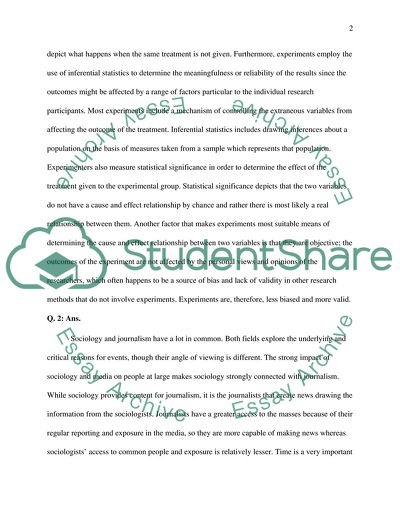Cite this document
(“Researching social life Methods Essay Example | Topics and Well Written Essays - 1500 words”, n.d.)
Retrieved de https://studentshare.org/sociology/1695198-researching-social-life-methods
Retrieved de https://studentshare.org/sociology/1695198-researching-social-life-methods
(Researching Social Life Methods Essay Example | Topics and Well Written Essays - 1500 Words)
https://studentshare.org/sociology/1695198-researching-social-life-methods.
https://studentshare.org/sociology/1695198-researching-social-life-methods.
“Researching Social Life Methods Essay Example | Topics and Well Written Essays - 1500 Words”, n.d. https://studentshare.org/sociology/1695198-researching-social-life-methods.


